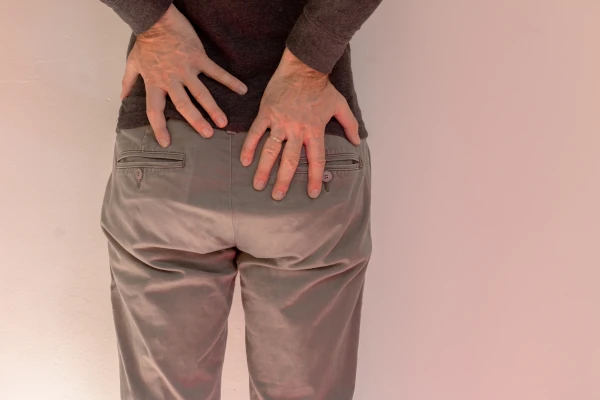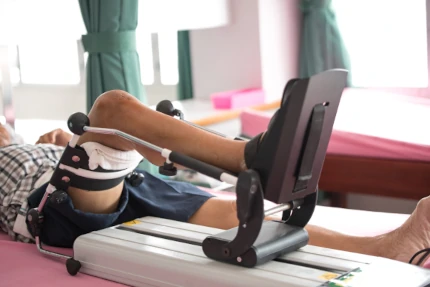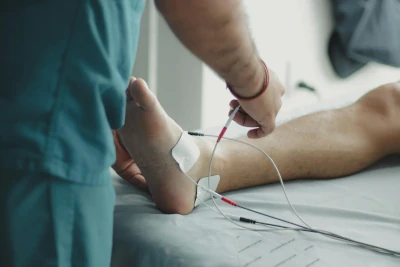
Physiotherapy for Hip Pain & Sciatica: Causes, Exercises, and Effective Treatment
- Dr. Deepika Rai (MPT)
Hip pain is a common issue affecting people of all ages, from athletes to seniors. Whether caused by injury, arthritis, sciatica, or muscle imbalances, persistent hip pain can significantly impact daily activities and overall quality of life. Physiotherapy plays a crucial role in managing and alleviating hip pain through targeted exercises, manual therapy, and movement correction.
Common Causes of Hip Pain
- Arthritis: Osteoarthritis and rheumatoid arthritis lead to joint inflammation and stiffness. Physiotherapy can improve mobility and reduce pain through exercises and manual therapy.
- Hip Bursitis: Inflammation of bursae due to repetitive movements or pressure. Soft tissue mobilization and strengthening exercises help alleviate pain.
- Hip Labral Tears: Damage to cartilage around the hip socket, causing instability and pain. Physiotherapy focuses on stabilization exercises and mobility drills.
- Tendinitis: Inflammation of hip tendons due to overuse. Strengthening and flexibility exercises restore tendon health.
- Sciatica: Compression or irritation of the sciatic nerve can cause pain radiating from the lower back to the hip and down the leg. Physiotherapy includes nerve glides, core strengthening, and postural correction to alleviate nerve pressure.
- Muscle Imbalances and Weakness: Weak or tight muscles around the hip can contribute to pain. Physiotherapy corrects imbalances with customized exercise plans.
Symptoms of Hip Pain and Sciatica
- Sharp or dull pain in the hip, groin, or thigh
- Pain radiating from the lower back down the leg (a key sign of sciatica)
- Stiffness and reduced range of motion
- Swelling and tenderness around the hip joint
- Numbness or tingling in the hip, buttocks, or leg (sciatica-related)
- Difficulty walking or standing for long periods
Physiotherapy-Based Treatment Strategies for Hip Pain and Sciatica
- Targeted Hip Strengthening Exercises: Clamshells, bridges, hip flexor stretches, and side leg raises improve strength and stability.
- Manual Therapy Techniques: Joint mobilization, soft tissue massage, and dry needling relieve pain and enhance mobility.
- Posture and Movement Correction: Physiotherapists assess gait and posture to correct movement patterns and reduce strain.
- Nerve Mobilization for Sciatica: Sciatic nerve glides help reduce nerve compression and restore function.
- Pain Management Without Medication: Ice and heat therapy, taping, bracing, and electrotherapy (ultrasound, TENS) help alleviate pain.
Preventing Hip Pain and Sciatica Through Physiotherapy
- Engage in physiotherapist-recommended exercises for strength, flexibility, and nerve health.
- Maintain good posture to avoid unnecessary strain on the hips and sciatic nerve.
- Avoid prolonged sitting and incorporate movement throughout the day.
- Choose supportive footwear to reduce impact on hip joints.
Final Thoughts
Physiotherapy is a highly effective, non-invasive approach to managing hip pain and sciatica. Identifying the underlying cause and adopting a combination of strengthening exercises, manual therapy, and movement correction can help alleviate discomfort and restore function. If you’re experiencing persistent hip or sciatic pain, consult a physiotherapist for a tailored treatment plan.
Connect with our expert physiotherapist for personalized physiotherapy advice.



